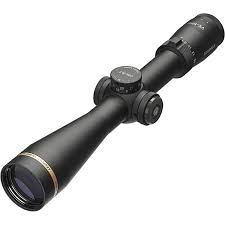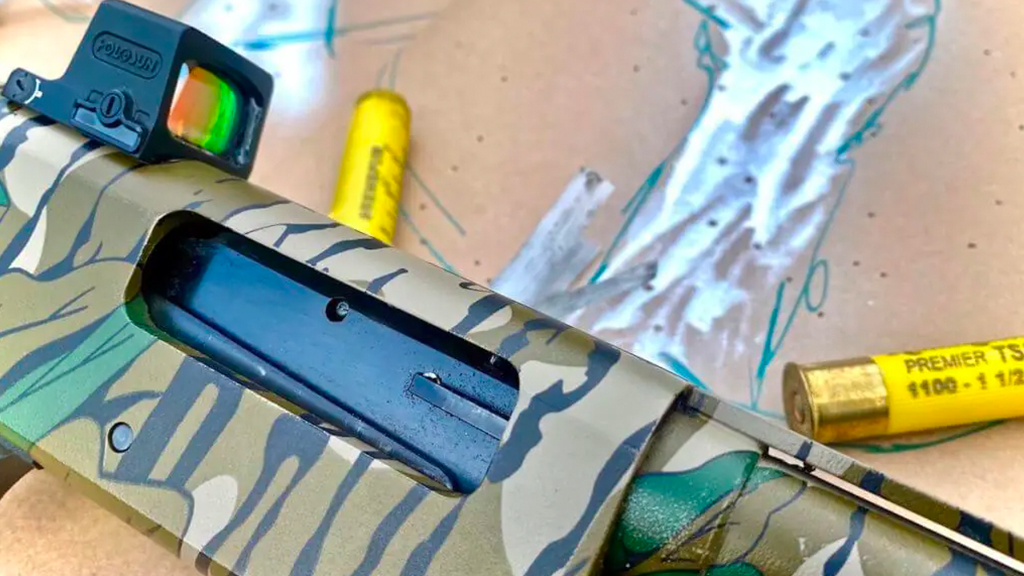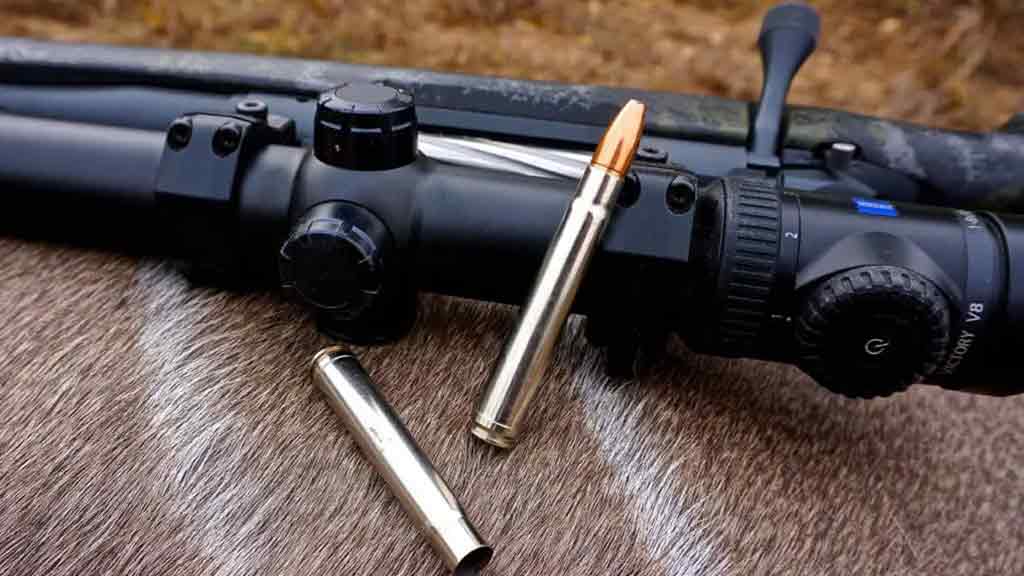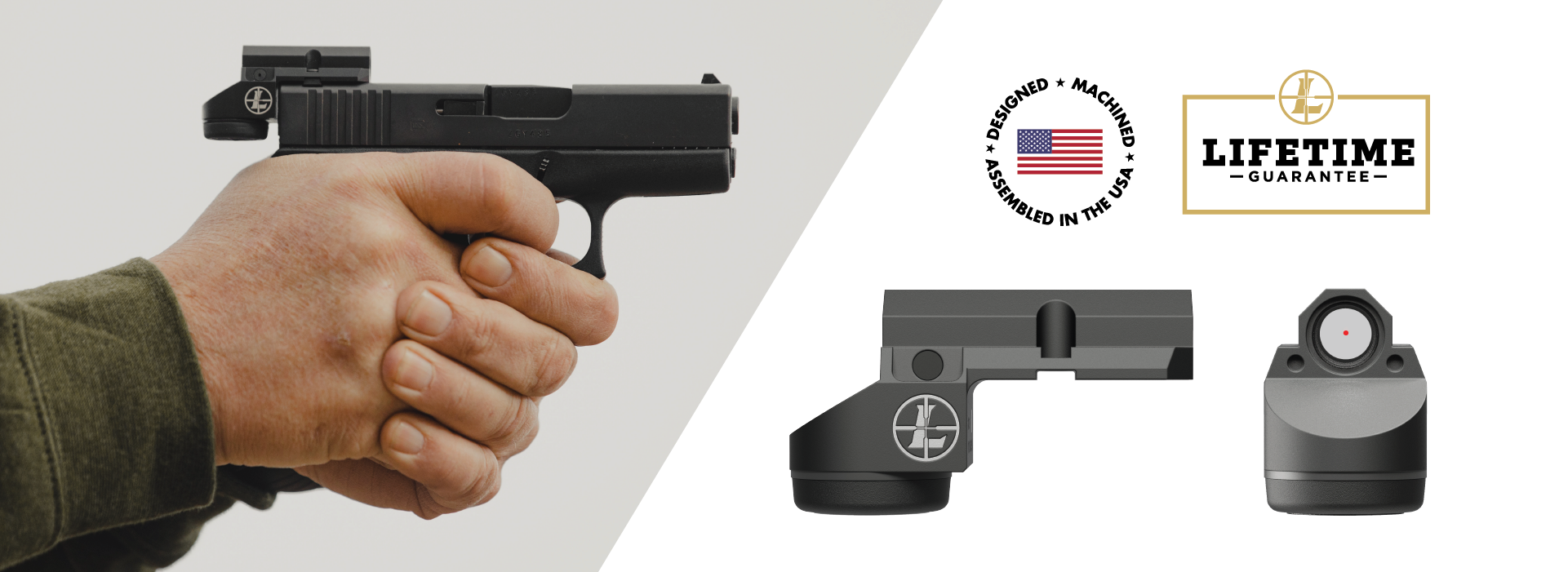The Leupold VX-6HD 3-18 x 50




If you’re looking for a reliable scope that has been tried and tested in the field, I highly recommend the Leupold VX-6HD 3-18 x 50 with the Illuminated TOMA reticle. As an experienced shooter, I’ve been using this scope for several years now, with over 20 months of total time in the field. It has consistently performed exceptionally well, providing me with crystal clear optics and unparalleled accuracy, even in low-light conditions. One of the standout features of the Leupold VX-6HD is its Illuminated TOMA reticle, which makes it incredibly easy to acquire targets quickly and accurately. The reticle is precise and easy to use, allowing me to make adjustments on the fly with ease. Moreover, the scope is lightweight and compact, making it easy to carry around all day without any fatigue. The Leupold VX-6HD 3-18 x 50 is also incredibly durable, thanks to its aircraft-grade aluminum construction and scratch-resistant lenses. It can withstand even the harshest weather conditions, making it a reliable option for hunters, competitive shooters, and outdoor enthusiasts alike. Overall, I highly recommend the Leupold VX-6HD 3-18 x 50 with the Illuminated TOMA reticle for anyone looking for a top-of-the-line scope that is reliable, accurate, and built to last.





